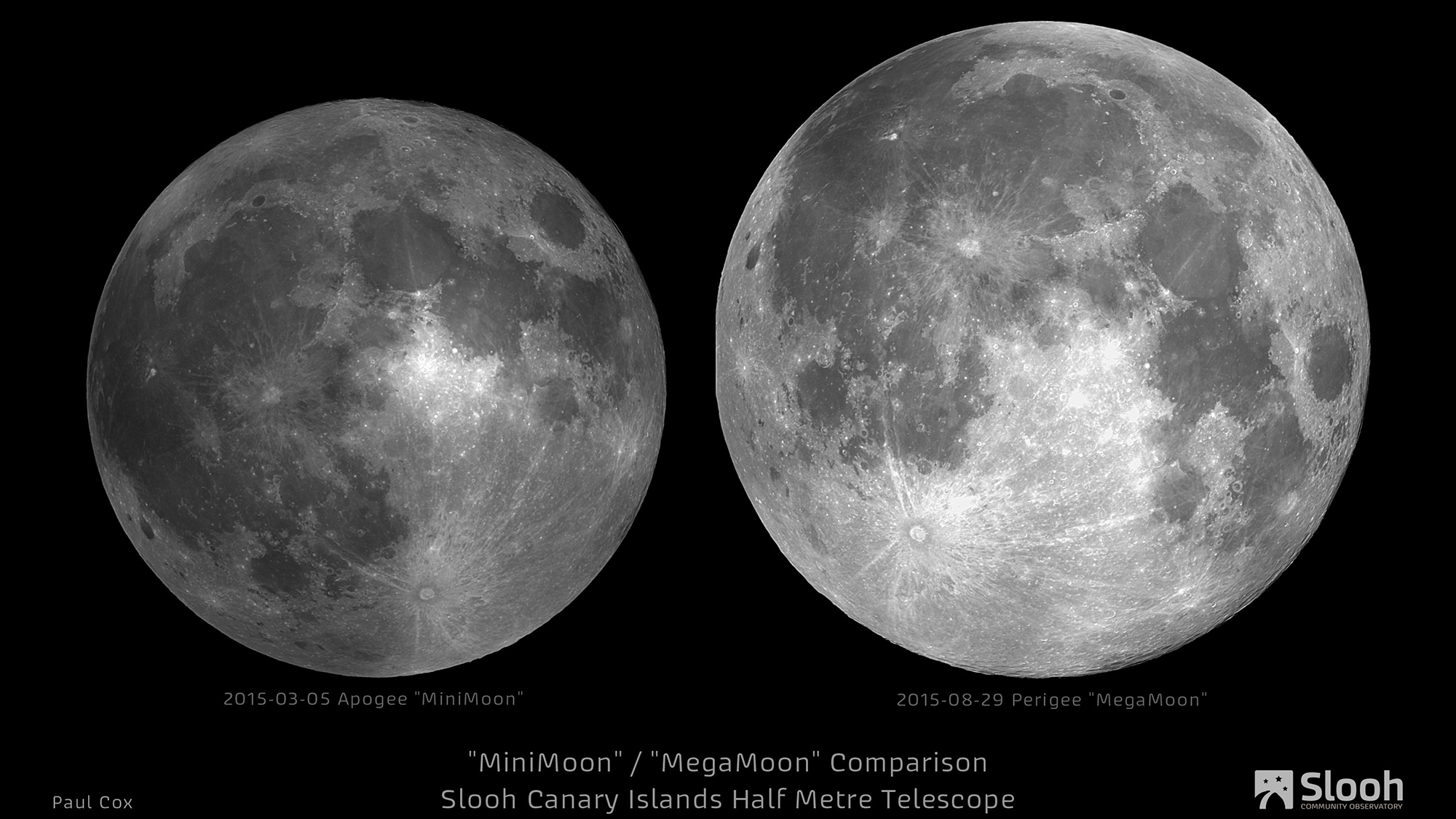Here's the best way to enjoy the 'Super Pink Moon,' according to a NASA astronomer
"Sometimes it just knocks my socks off to see a full moon rising in the sky."
Tonight (April 7), the moon will be at its brightest and largest for the whole year during the "Super Pink Moon."
This extraordinary astronomical event is surely not one to miss. Space.com spoke with NASA astronomer Michelle Thaller, the assistant director of science communications at NASA's Goddard Space Flight Center in Greenbelt, Maryland, about tonight's highly-anticipated skywatching event to get a better idea of what to expect and how people can best observe this special supermoon.
"It's just kind of a fun astronomical thing," Thaller said about tonight's full moon. Supermoons, or full moons that appear bigger than usual, occur because our moon does not orbit in a perfect circle around Earth. Rather, it circles our planet in an elliptical-shaped orbit. This means that sometimes the moon is closer to Earth and sometimes it is farther away, causing it to appear bigger or smaller from our perspective on Earth.
Webcast info: How to watch the 'Super Pink Moon' online tonight!
Video: Pink supermoon? Astronomer explains what it is

"Tonight the moon is 17,000 miles [27,000 kilometers] closer than average," Thaller said, adding that not only will the moon look bigger in the sky tonight, it will also be about 30% brighter than the average full moon.
Luckily, because it will be so big, bright and obvious in the sky "it's a very simple and easy thing to observe," Thaller said.
This is good news for people who are self-isolating to "flatten the curve" and reduce the spread of the novel coronavirus. Even if you are inside, there is a high likelihood that you'll be able to spot the supermoon through a window.
Get the Space.com Newsletter
Breaking space news, the latest updates on rocket launches, skywatching events and more!
"All you really need is to be able to look to the eastern horizon at sunset," Thaller said, adding that you have a huge window of time to look at the moon as well. "The wonderful thing about a full moon is that full moons are up all night long, they rise at sunset then they cross over the sky and set at sunrise, so at any point in the night you can go outside and actually see this wonderful big, bright moon."
However, despite how easy it will be for people around the world to check out tonight's supermoon, Thaller added that she has a favorite time to watch a full moon — moonrise. "Sometimes it just knocks my socks off to see a full moon rising in the sky," she said.
"When you can see it against the horizon, it looks gigantic. It looks like it's coming in for a landing," she added. "To me, that's the best part."
So, whether you're inside looking out a window or out in your backyard at sunset waiting for a "giant" supermoon to beam up over the eastern horizon, make sure that tonight you look up!
Editor's note: If you have an amazing supermoon photo you'd like to share for a possible story or image gallery, you can send images and comments in to spacephotos@space.com.
- April's Super Pink Moon is the biggest full moon of 2020. Here's what to expect.
- How the 'supermoon' looks (infographic)
- No, the 'Super Pink Moon' isn't really pink … though we wish it was
Follow Chelsea Gohd on Twitter @chelsea_gohd. Follow us on Twitter @Spacedotcom and on Facebook.
OFFER: Save 45% on 'All About Space' 'How it Works' and 'All About History'!
For a limited time, you can take out a digital subscription to any of our best-selling science magazines for just $2.38 per month, or 45% off the standard price for the first three months.
Join our Space Forums to keep talking space on the latest missions, night sky and more! And if you have a news tip, correction or comment, let us know at: community@space.com.

Chelsea “Foxanne” Gohd joined Space.com in 2018 and is now a Senior Writer, writing about everything from climate change to planetary science and human spaceflight in both articles and on-camera in videos. With a degree in Public Health and biological sciences, Chelsea has written and worked for institutions including the American Museum of Natural History, Scientific American, Discover Magazine Blog, Astronomy Magazine and Live Science. When not writing, editing or filming something space-y, Chelsea "Foxanne" Gohd is writing music and performing as Foxanne, even launching a song to space in 2021 with Inspiration4. You can follow her on Twitter @chelsea_gohd and @foxannemusic.










